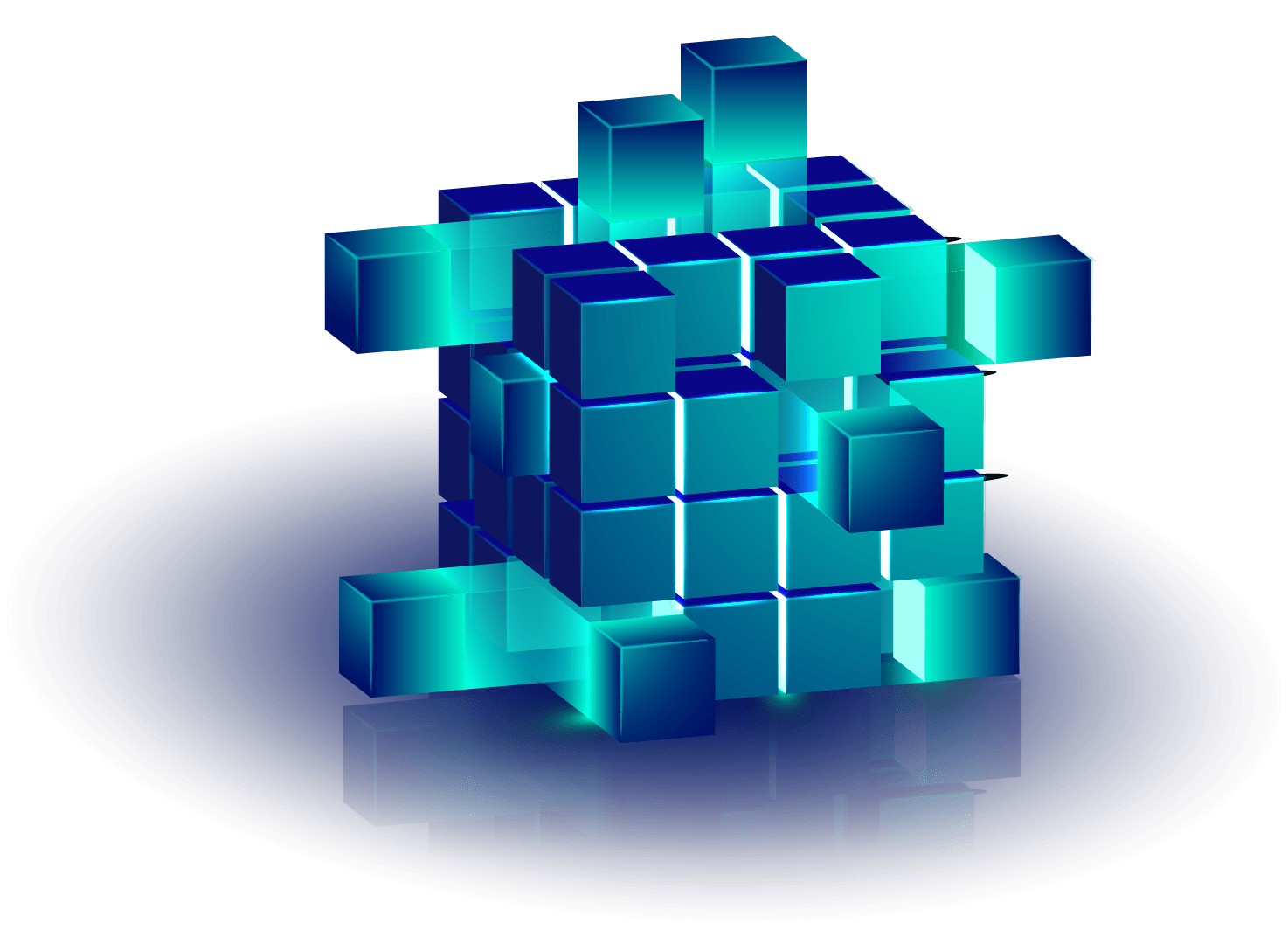Next X Mark
A better way to present your money using fully featured digital currency and now available on the team Next X Mark for everyone!
Data Security
Blockchain technology produces a structure of data with inherent security qualities. It's based on cryptography, decentralization and consensus, which ensure trust in transactions.
Smart Contract Enabled
Smart contracts are simply programs stored on a blockchain that run when predetermined conditions are met. They typically are used to automate the execution of an agreement.
Keep the transactions anonymous
The identity of the people who are involved in the transaction would not be revealed except the address of the cryptocurrency. The encryption would hide their identity.
Decentralized
The transfer of control and decision-making from a centralized entity (individual, or group thereof) to a distributed network.
Peer-to-peer
The direct exchange of some asset, such as a digital currency, between individual parties without the involvement of a central authority.
Immutable
The ability for a blockchain ledger to remain a permanent, indelible, and unalterable history of transactions.

Why Choose Next X Mark?
Secure | Easy & Fast | Lowest Fee

Community Driven
Focused on community-driven growth and innovation!

Easy Transactions
Simplifying experience with easy and seamless transactions!

Global Acceptance
Embracing global acceptance and limitless opportunities!
Our Best Blockchain Solution Platform
A blockchain solution platform is a comprehensive software or infrastructure that enables businesses and developers to build,

Blockchain Protocol Support
Our supports different blockchain protocols, such as Ethereum

Analytics and Monitoring
Comprehensive analytics and monitoring tools are included

Security Measures
Robust security features and cryptographic protocols

Governance Mechanisms
Some platforms provide built-in governance features

Token Distribution
Token distribution refers to the process of allocating and distributing tokens within a blockchain ecosystem.
When a new blockchain project is launched, a specific number of tokens are created, and these tokens are distributed among various stakeholders, including founders.
A token sale, sometimes referred to as an ICO, is form of crowd funding for digital currency-related projects. In token sales, purch - asers buy units of a new currency in exchange for legal tender or other digital currencies, such as Bitcoin or Ethereum.
Roadmap
Blockchain a Solid Infrastructure for Growth
Oct 2024
Blockchain Starts
Nov 2024
Expanded Licensing
Dec 2024
Token Sale
Jan 2025
Blockchain Starts
Feb 2025
Tier 5 Sold
Mar 2025
Project Live
Frequently Asked Questions
Have questions? We have answers!
Blockchain uses consensus mechanisms, such as Proof of Work (PoW) or Proof of Stake (PoS), to validate and agree on the state of the network. These mechanisms require participants (nodes or validators) to solve complex mathematical puzzles or stake cryptocurrency to participate in the consensus process
Blockchain uses consensus mechanisms, such as Proof of Work (PoW) or Proof of Stake (PoS), to validate and agree on the state of the network. These mechanisms require participants (nodes or validators) to solve complex mathematical puzzles or stake cryptocurrency to participate in the consensus process.
Blockchain uses consensus mechanisms, such as Proof of Work (PoW) or Proof of Stake (PoS), to validate and agree on the state of the network. These mechanisms require participants (nodes or validators) to solve complex mathematical puzzles or stake cryptocurrency to participate in the consensus process.
Blockchain uses consensus mechanisms, such as Proof of Work (PoW) or Proof of Stake (PoS), to validate and agree on the state of the network. These mechanisms require participants (nodes or validators) to solve complex mathematical puzzles or stake cryptocurrency to participate in the consensus process.
Blockchain uses consensus mechanisms, such as Proof of Work (PoW) or Proof of Stake (PoS), to validate and agree on the state of the network. These mechanisms require participants (nodes or validators) to solve complex mathematical puzzles or stake cryptocurrency to participate in the consensus process.

Quick Links
© Copyright 2025 Next X Mark. All rights reserved.